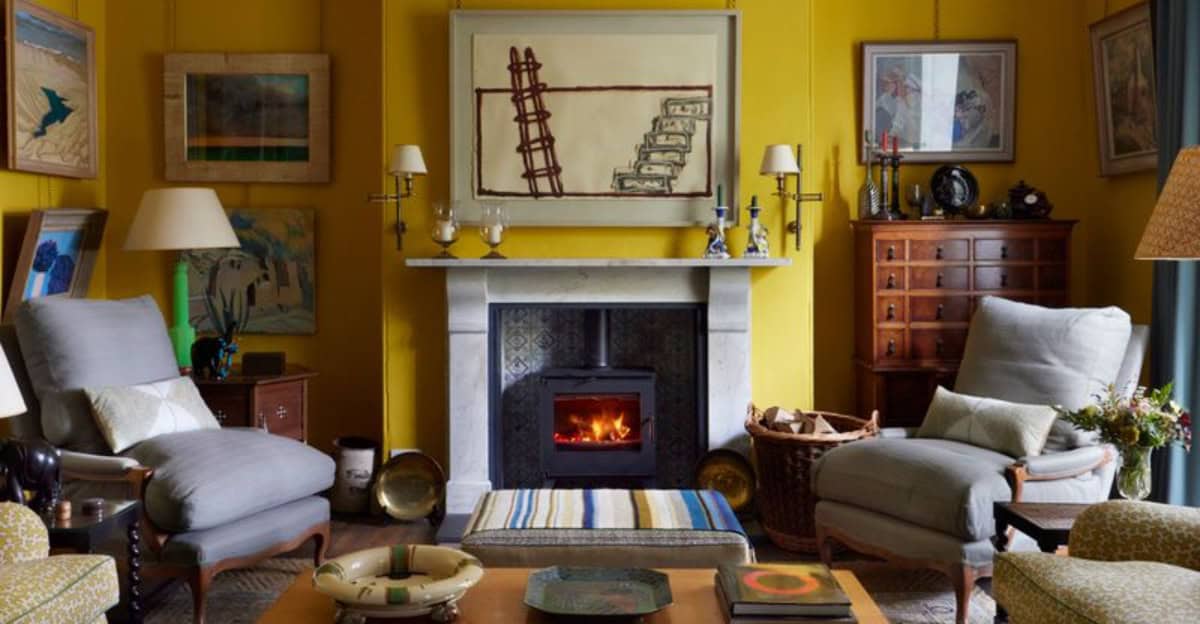Art has the power to transform spaces, but sometimes, it can have unintended consequences. While artwork can add personality and elegance to a room, it’s not always a guaranteed improvement.
In fact, certain artistic choices can clash with your environment or even create a chaotic ambiance.
Whether it’s due to size, color, or style, art that doesn’t fit can make a space feel cramped or disjointed. Let’s explore 10 ways art might just ruin your carefully curated environment.
1. Oversized Statement Pieces
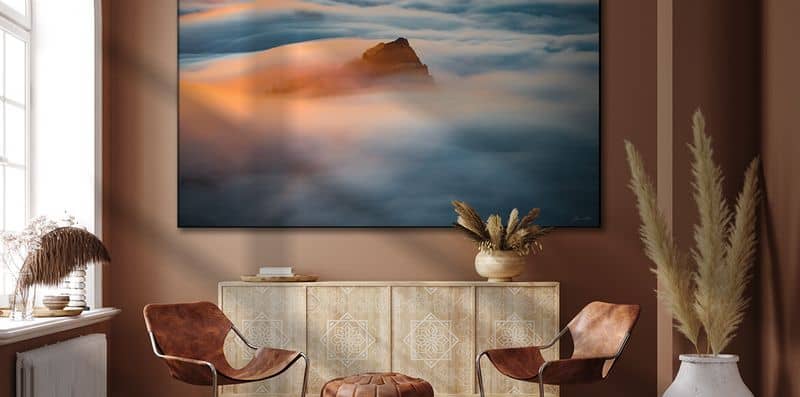
Picture this: a vast painting dominates your modest living room wall, demanding all the attention. It screams for admiration but leaves no space for anything else. Suddenly, the room feels suffocating.
While statement pieces can be awe-inspiring, when they’re too large for the space, they overwhelm rather than complement. A room should breathe, but oversized art stifles it, creating imbalance.
Choosing art that’s proportionate ensures your space remains inviting. Remember, less is sometimes more. Balance the bold with the subtle and let your room speak volumes without shouting.
2. Clashing Color Schemes
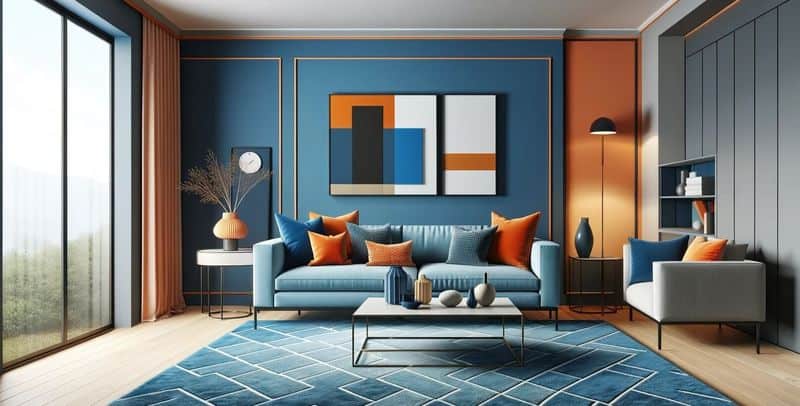
Imagine walking into a room, only to be jolted by a painting that fights with the walls. It’s a discordant melody of colors, making your space feel chaotic.
Art should harmonize with its surroundings, not compete with them. When colors clash, it can ruin the room’s entire vibe. Instead of a relaxing haven, you get visual noise.
Balance is crucial. Consider the existing color palette before introducing new artwork. Cohesion enhances comfort and ensures your art elevates rather than overpowers.
3. Ill-Fitting Frames
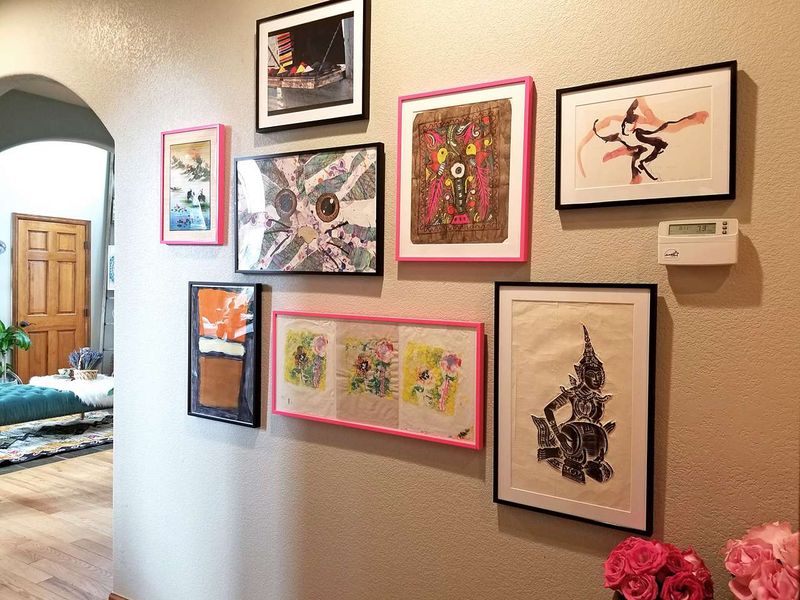
Frames do more than hold art; they contribute to the piece’s overall impact. Picture a delicate sketch encased in an ornate, golden frame. A mismatch that distracts rather than enhances.
An ill-chosen frame can make even the finest art look out of place. It might appear pretentious or out of sync with the room’s style.
Selecting the right frame means considering both the art and its surroundings. A harmonious blend can transform a simple piece into a masterpiece, while a mismatch diminishes its allure.
4. Inappropriate Themes
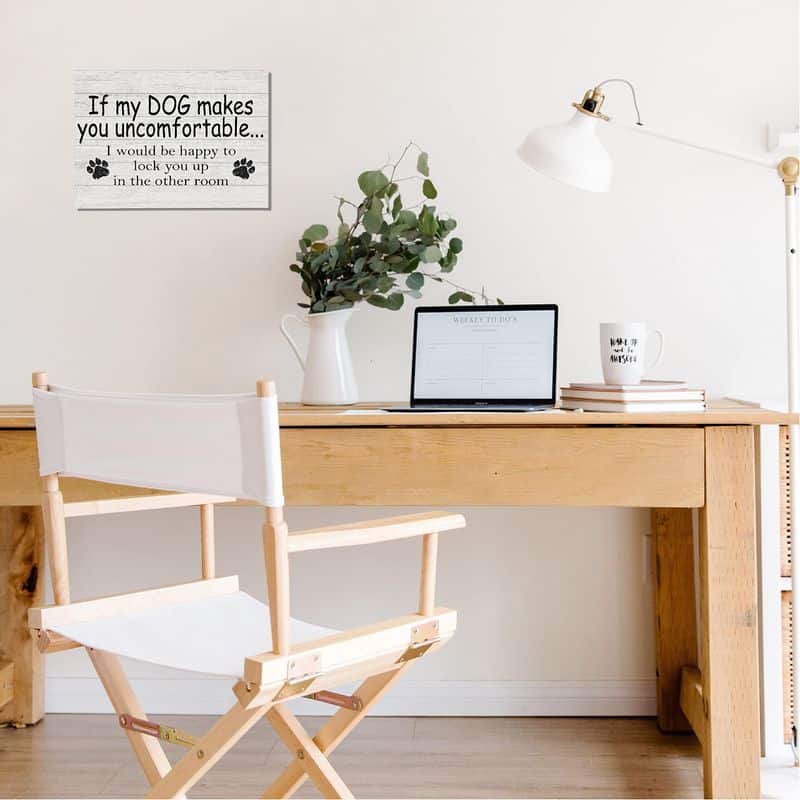
Art’s subject matter influences the room’s ambiance. Imagine a gothic painting in a child’s cheerful bedroom. The grim imagery clashes with innocence, creating discomfort.
Themes should align with the space’s purpose. A relaxing lounge might be unsettled by intense, dramatic scenes. A coherent theme enhances a room’s mood, crafting harmony.
When choosing art, consider its emotional impact. Suitable themes complete the room’s story, ensuring the space feels cohesive and welcoming. It’s about matching the art’s spirit with the room’s essence.
5. Bad Lighting Choices
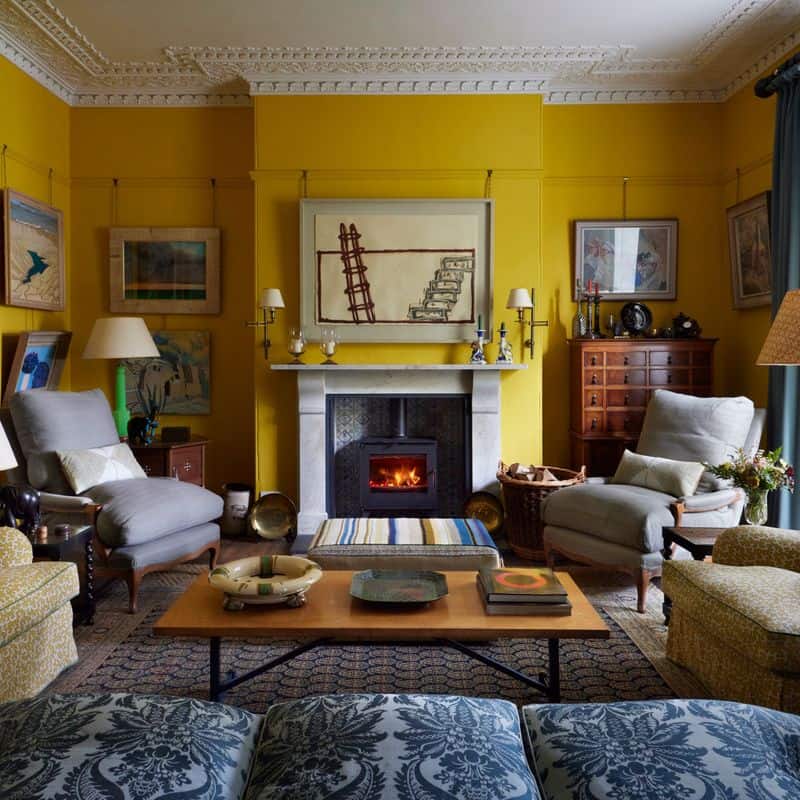
Lighting can make or break art. Imagine vibrant pieces hidden in the shadows, their brilliance lost to poor illumination.
Art requires proper lighting to truly shine. Too dim, and it fades into obscurity; too harsh, and it feels washed out. The right balance enhances texture and color.
Consider adjustable lighting to spotlight your art appropriately. A well-lit piece becomes a stunning focal point, enhancing both the artwork and the room. It’s about letting your art glow, not disappear.
6. Overly Themed Spaces
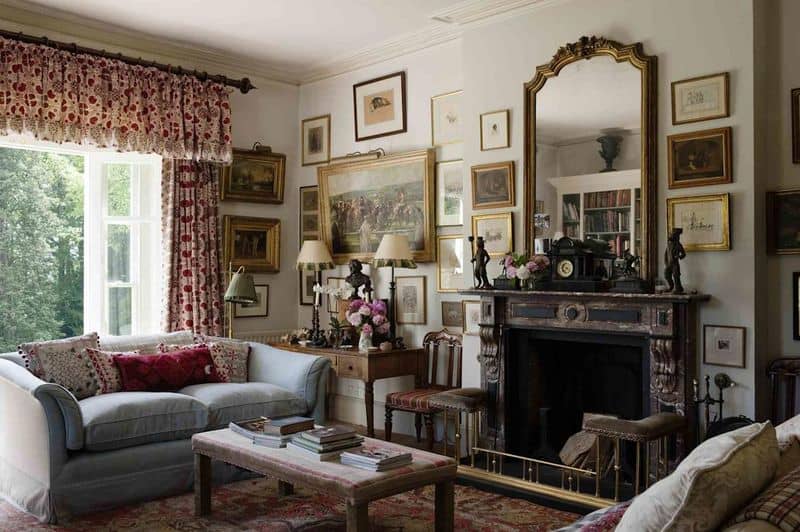
Themes can unify a room, but overdo it, and you risk turning it into a cliché. Imagine a nautical room drowning in maritime art, seashells, and anchors everywhere.
An abundance of themed art becomes overwhelming, losing its charm and originality. It feels more like a scene than a space to live in.
Balance thematic elements with subtlety for a sophisticated look. A few well-chosen pieces can convey your theme without overwhelming the senses, keeping the room stylish and personal.
7. Unwanted Focal Points
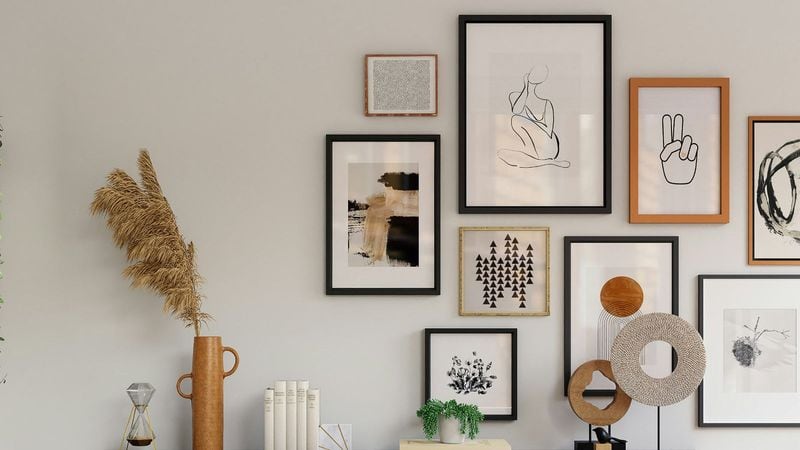
Every room has a focal point, but art that inadvertently takes center stage can disrupt harmony. Imagine an abstract piece that draws eyes away from a room’s architectural features.
Art should complement, not overshadow, the room’s design. A misplaced focal point can make the space feel disjointed and distracting.
Thoughtful placement helps maintain balance. Art should enhance the room’s natural flow, guiding the eye subtly rather than stealing the spotlight. It’s about creating harmony, not competition.
8. Mismatched Styles
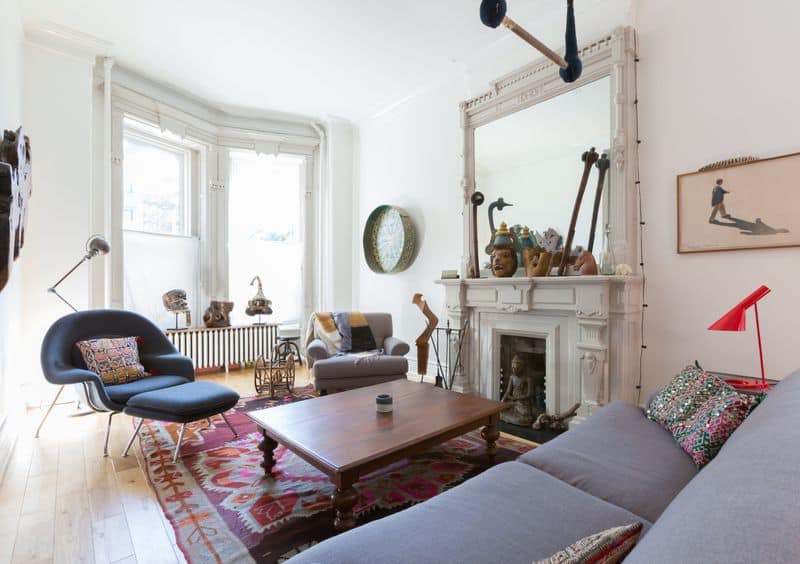
When art conflicts with a room’s style, it creates dissonance. Picture a sleek, modern piece in a Victorian setting. The clash is jarring, not charming.
Each room has its character, and art should resonate with it. A mismatch disrupts the aesthetic, leaving the space feeling awkward.
Choosing pieces that echo the room’s style fosters unity and flow. Art should feel like it belongs, enhancing rather than clashing. Harmony between style and art elevates a space’s beauty.
9. Crowded Walls
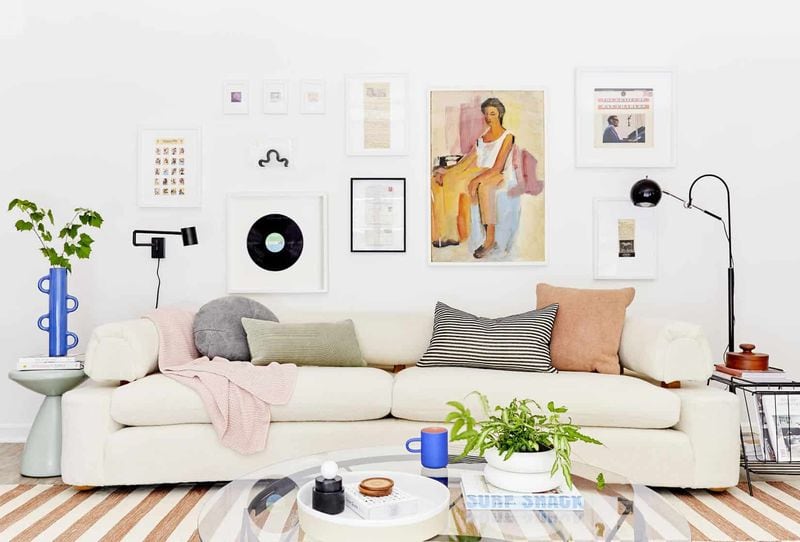
Walls tell stories, but overcrowding them can turn a narrative into noise. Visualize a wall crammed with too many small pieces, none speaking to each other.
Instead of a gallery, you get chaos. Art needs space to breathe and be appreciated individually. Too much clutters the mind and the room.
Curate your art collection with intention. Select pieces that converse, not compete, and allow each its moment. A well-arranged wall becomes a captivating tale rather than a visual cacophony.
10. Misplaced Cultural Art
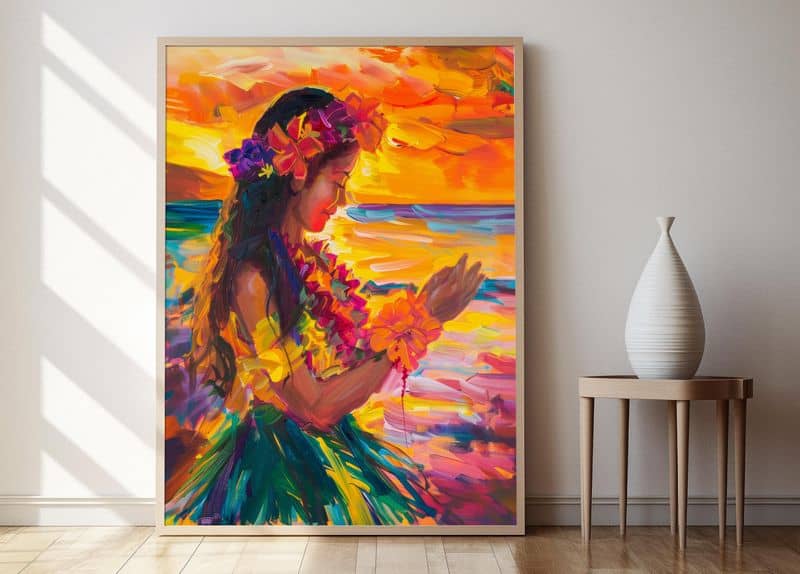
Cultural art brings richness, but placement matters. Imagine Japanese calligraphy in a rustic farmhouse kitchen. It feels out of place, a cultural mismatch.
Art should align with the room’s backdrop and energy. Misplacing cultural pieces disrupts the room’s narrative and harmony.
When integrating cultural art, consider the context. Complementary surroundings enhance its beauty, ensuring it feels intentional and respected.
It’s about honoring the art’s essence while blending it seamlessly with the space’s character.

